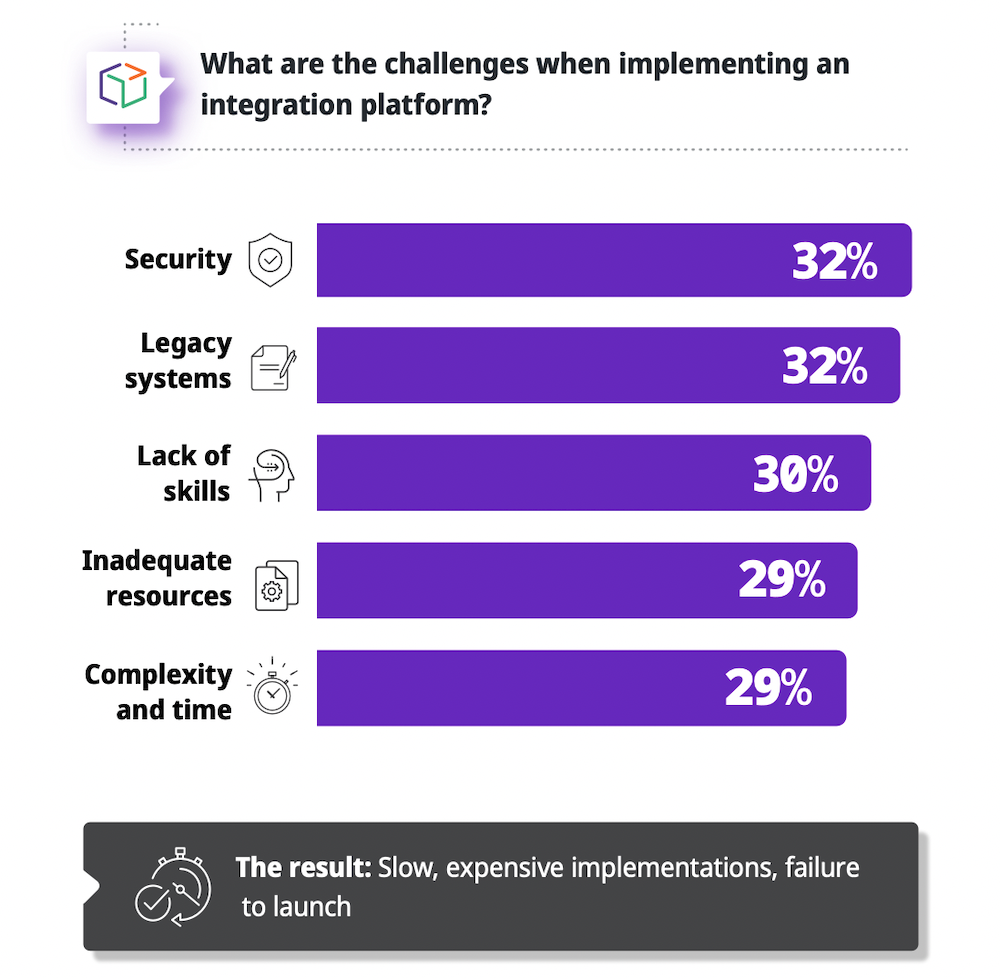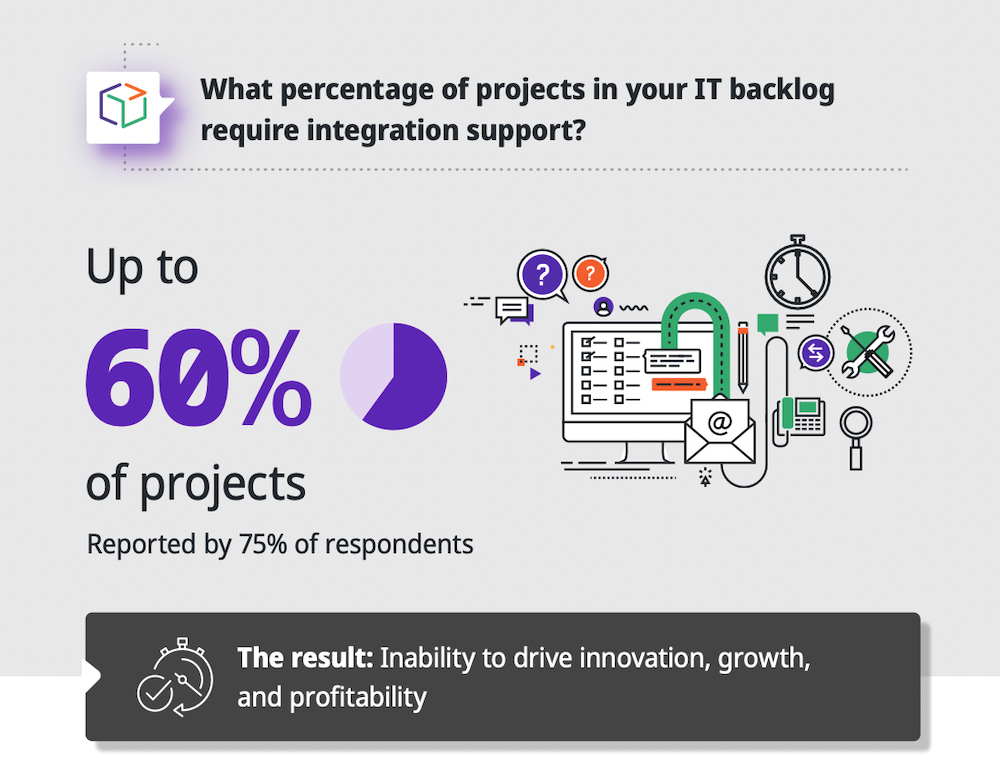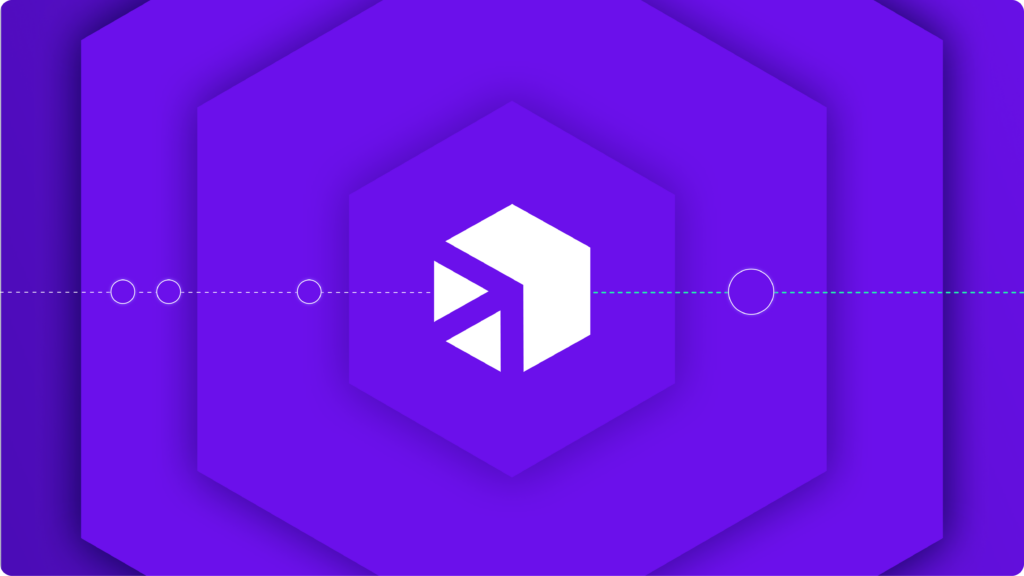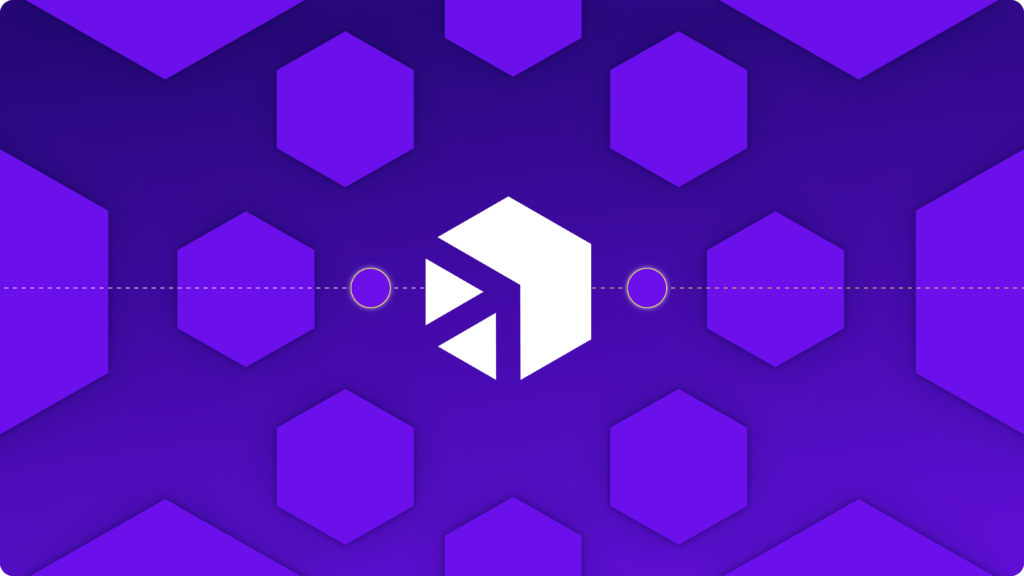maio 2, 2023
No início de 2023, a Digibee realizou nosso segundo Pesquisa de integração do estado da empresa, alcançando mil CTOs, CIOs, arquitetos de sistema e desenvolvedores da Web na América do Norte.
Nesta série de postagens de blog, examinamos, uma a uma, as principais descobertas do relatório, identificadas pelas contribuições de seus colegas.
O desafio: backlogs de TI
Em sua essência, uma lista de pendências de TI é sintomática de outros problemas que afetam as organizações de TI e as ferramentas à sua disposição. A única esperança de longo prazo para realmente reduzir um backlog de TI cada vez maior é abordar as causas principais, como:
Recursos inadequados – Quer isto signifique falta de pessoal técnico suficiente para acompanhar a procura, ou uma escassez de ferramentas e tecnologias adequadas, mesmo que tenha a melhor gestão de TI do mundo, a incompatibilidade de recursos causa facilmente estrangulamentos que contribuem para um atraso de TI.
Desafios de comunicação – A comunicação pode obviamente ser um desafio para qualquer organização de qualquer tamanho. Adicione a isso a taxa de mudança que todas as organizações de TI gerenciam atualmente e a crescente escala, complexidade e interdependência de vários sistemas, e é fácil ver como os desafios de comunicação — mesmo com a melhor das intenções — contribuem para atrasos.
Processos complexos, manuais ou fora do padrão – Semelhante aos desafios de comunicação, um processo excessivamente complexo ou desnecessariamente manual retarda a equipe ao adicionar etapas desnecessárias. Um bom exemplo é a necessidade de inserir informações manualmente em diversas soluções de TI, em vez de extraí-las automaticamente da fonte. Os processos não padronizados dificultam a capacidade de aprender com experiências passadas, impedindo a eficiência e aumentando o atraso quando os problemas permanecem sem solução. À medida que as infra-estruturas se tornam cada vez mais federadas e menos geridas centralmente, estes problemas acumulam-se.

Sistemas Legados – Um número significativo de horas é gasto pelas equipes apenas tentando enfrentar os desafios de TI apresentados para manter os sistemas legados em funcionamento. À medida que esses sistemas avançam na produção, a lacuna tecnológica com ferramentas mais modernas aumenta. O resultado? Projetos de backlog de TI cada vez maiores, à medida que tempo e esforço — e codificação — são necessários para resolver deficiências de segurança e outras deficiências de sistemas legados.
Com a abordagem legada, todas as interfaces devem ser codificadas e depuradas, auditorias de segurança devem ser realizadas, a integração deve ser testada antes de entrar no ar e o código deve ser modificado e retestado para suportar qualquer alteração nos aplicativos dos dados necessários.
– Forbes, setembro de 2022
In Relatório de Integração Corporativa de 2023 da Digibee descobrimos que muitos dos desafios associados à integração também se alinham com as pendências de TI, reforçando o valor de uma forte estratégia de integração para oferecer eficiência em toda a empresa. Portanto, em vez de ajudar a resolver e reduzir os atrasos de TI, as abordagens de integração parecem, em muitos casos, aumentar os problemas — ou pelo menos sofrem dos mesmos problemas.

O alto preço que pagamos
Depois que um backlog de TI começa a crescer, torna-se cada vez mais difícil corrigir o curso apenas por meio do gerenciamento de TI. Cada item se torna mais uma ‘coisa a fazer’ em uma lista cada vez maior que deve competir com novas solicitações realizadas pelo mesmo pool de recursos. Simultaneamente, a causa raiz permanece em jogo até que seja resolvida.
Recursos inadequados é um ponto crítico crônico. Os entrevistados da pesquisa relatam que mais da metade de seus projetos de backlog de TI requerem suporte de integração, pressionando especialmente os desenvolvedores de integração de TI.

Superando com iPaaS
Se tantos entrevistados enfrentarem os mesmos desafios de TI que levam a um backlog de TI durante uma implementação de integração, como a integração resolverá o problema?
Embora integrações ruins possam prejudicar a organização, uma estratégia de integração moderna conecta facilmente os sistemas, processos e dados que sustentam a empresa — aliviando a carga de TI e reduzindo rapidamente os acúmulos de TI em expansão.
Enquanto o ritmo da integração aumenta, também aumenta a distância entre as empresas que avançam com a integração e as que não avançam. Obstruídas por sistemas internos, locais e legados, essas organizações enfrentam desafios crescentes, incluindo tempo de inatividade do sistema, expansão de pendências de TI e recursos inadequados. Lutando para permanecer operacional, a inovação é muitas vezes despriorizada em detrimento do negócio.
– Relatório de Integração Corporativa de 2023 da Digibee, Página 11
iPaaS como seu parceiro de integração de TI
A tecnologia iPaaS da Digibee resolve o risco da integração tradicional de sistemas de TI. Nossos clientes podem reduzir drasticamente os cronogramas de integração. Por exemplo, nosso trabalho com Payless resultou na integração da plataforma segura de e-commerce do varejista em mais de 200 lojas em menos de 30 dias.
Os clientes da Digibee aproveitam os recursos e experiência integrados. Com medidas de segurança e sistemas legados sendo vinculados como os principais desafios nossos entrevistados experimentaram durante a integração, ter um iPaaS pode fornecer suporte significativo em ambas as áreas.
Embora algumas opções de iPaaS no mercado exijam longos cursos certificados para um desenvolvedor aprender a usar seu sistema (o que reintroduz a preocupação de um gargalo de recursos), Digibee adota a abordagem oposta com um poderoso low-code interface para garantir que desenvolvedores de todos os níveis possam ser contratados com treinamento mínimo, expandindo assim o conjunto de recursos de integração disponíveis internamente.
As pessoas, especialmente aquelas que desejam promover mudanças imediatas, estão conduzindo suas próprias grandes ideias. Recusando-se a consignar o sucesso de um projeto crítico a uma lista de pendências de TI cada vez maior, os profissionais técnicos que vivem fora do domínio do desenvolvedor de integração estão aproveitando a tecnologia moderna. Com um ambiente iPaaS orientado visualmente e interfaces de arrastar e soltar, criar e integrar aplicativos nunca foi tão fácil.
– Relatório de Integração Corporativa de 2023 da Digibee, Página 17
Com tantos desafios de TI a serem superados, não é surpresa que mais de 70% dos líderes entrevistados estejam planejando ativamente adotar, complementar ou substituir sua tecnologia de integração em 2023.
Obtenha a história completa sobre o que mudou e como seus colegas estão mobilizando a integração empresarial em 2023. Faça o download gratuito do relatório Digibee 2023 State of Enterprise Integration hoje para todos os resultados da pesquisa e a análise.









